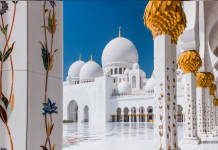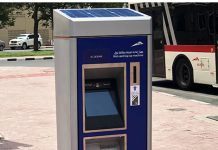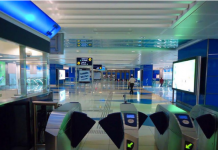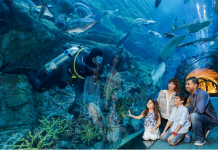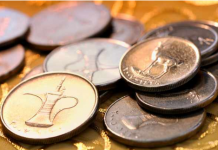Ajman is the smallest of the seven emirates measuring about 259sq. km. which is about 0.3 per cent of the UAE’s area without the islands. Ajman has a few sandy beaches but is mainly characterised by the rugged Hajjar mountain range. Although Ajman city is modern and provides up-to-date services and facilities, it reflects its traditional charm.
ABOUT AJMAN
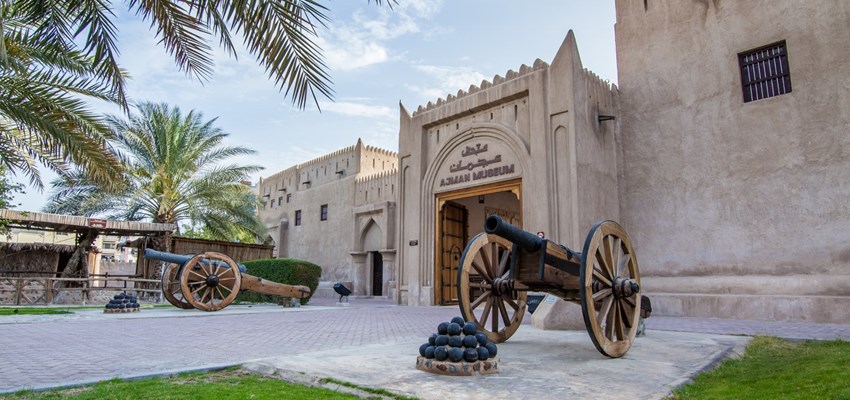
FACTS & FIGURES
The emirate of Ajman is ruled by His Highness Sheikh Humaid bin Rashid Al Nuaimi, Member of the Supreme Council of the Union and Ruler of Ajman – a descendant of the Al Nuaim tribe, which can be traced back to three centuries before the life of Prophet Mohammad.
Under Sheikh Humaid’s leadership, Ajman has achieved steady economic growth; he is considered the father of the community, often holding an open council so that his people can communicate directly with him.
The census book ‘Ajman in Figures 2011’ issued by the Secretariat General of the Executive Council of the emirate of Ajman estimated the population at about 262,186. 16 per cent of them are Emiratis.
According to Federal Competitiveness and Statistics Authority, the estimated population of UAE nationals as of 2010 in the emirate of
Ajman was:
Males: 21,600
Females: 20,586
Total: 42,186
Ajman lies on the coast of the Arabian Gulf, in the northern part of the UAE. It is 16 km. long and lies between the emirates of Sharjah and Umm Al Quwain.
Ajman city – It comprises the Ruler’s office, companies, banks and commercial markets in addition to the Ajman port, which is located on the natural valley, which passes through the city.
Al Manamah city – It is about 60km. from Ajman and is known for its valleys and high mountains, which are rich in magnesium, chromate and rocks.
Masfout city – It is about 110km. to the southeast and is known for agriculture, mountains such as Dafta and Leshan, and wide valleys such as Ghalfa.
According to Ajman Annual Economic Report 2014, the economy of the emirate of Ajman grew by 5 per cent as GDP at current market prices increased from AED15,690 million in 2012 to AED16,441 million in 2013.
The contribution of the various economic sectors to the realised growth tend to vary. The construction, real estate and business services and financial corporation sectors grew at a rate of 8 per cent in 2013 compared to 2012, which was higher than the average growth in the emirate.
In addition, the wholesale and retail trade and repairing services’ sector grew at a rate of 6 per cent in 2013 as compared to 2012.
Ajman Port and Ajman Free Zone are two key players in the economic growth of the emirate.
Ajman Fort is one of the country’s historic landmarks. It dates back to the 18th century and shows life in different eras.
The fort has been restored and transformed into a museum. It contains archaeological samples that show people’s possessions, industries, traditional professions as well as images from their old social life.
In 2014, Ajman unveiled Ajman Vision 2021. According to the plan, the emirate’s development will be centred on four pillars:
- creating a happy society
- building a green economy
- promoting governmental excellence
- spirit of the union.
The magical beaches of Ajman with their fresh air, peaceful environment and clean water provide various marine activities that attract many sea lovers.
Some of the major landmarks in Ajman are:
- Ajman Museum
- Masfout Castle
- Masfout Gate
- The Red Fort
source: www.government.ae




